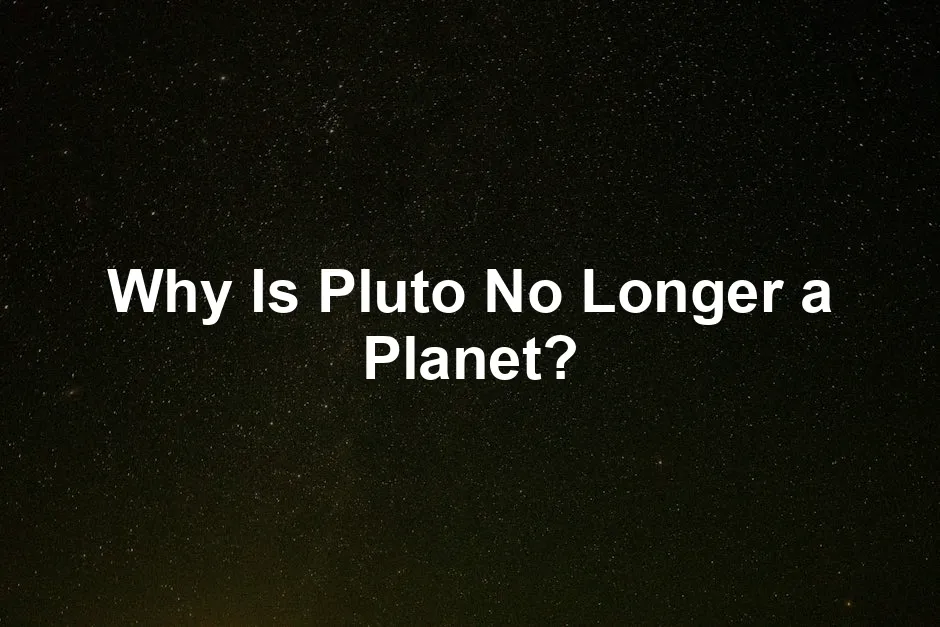
Why Is Pluto No Longer a Planet?
Introduction
Pluto’s reclassification from planet to dwarf planet shocked many. Once celebrated as the ninth planet, Pluto holds a special place in our hearts. Its demotion in 2006 stirred emotions and curiosity. Let’s uncover the reasons behind this significant change in astronomical classification.
But while we’re at it, why not keep the learning going with a nifty book on astrophysics? It’s like having Neil deGrasse Tyson in your living room—minus the awkward small talk!
Summary and Overview
Pluto was discovered in 1930 and was classified as the ninth planet for over seventy years. However, as astronomers identified more similar objects in the Kuiper Belt, questions about Pluto’s status emerged. By 2006, the International Astronomical Union (IAU) established clear criteria for planet classification. Pluto meets the first two criteria: it orbits the Sun and is nearly round. However, it fails the third criterion: it has not cleared its orbital neighborhood of other debris. This led to its reclassification as a dwarf planet. The debate continues among scientists and the public about Pluto’s status, reflecting a blend of emotional attachment and scientific reasoning.
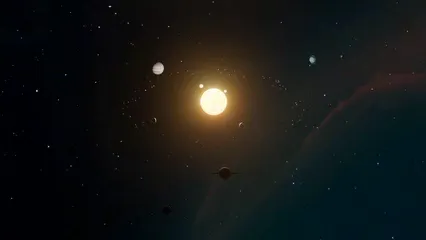
For those who want to explore the cosmos from the comfort of their couch, consider a planetarium projector. It’s like having your own personal universe, minus the endless vacuum of space!
Understanding why Pluto is not classified as a planet involves exploring the IAU’s criteria. why is pluto not a planet
The Discovery of Pluto
Historical Context
Clyde Tombaugh discovered Pluto on February 18, 1930, at the Lowell Observatory in Arizona. Tombaugh’s discovery was the result of a long search for “Planet X,” a hypothetical ninth planet proposed by Percival Lowell. Tombaugh used a technique called a “blink comparator” to compare photographic plates taken weeks apart. This innovative method allowed him to spot Pluto as a moving dot against the starry background. The excitement of finding a new planet was palpable, and textbooks quickly included Pluto among the solar system’s planets. Initially believed to be massive enough to influence neighboring planets, Pluto was celebrated as a significant addition to our celestial family. Early observations revealed a small, icy world, igniting imaginations and curiosity about its characteristics and potential.

Speaking of excitement, if you want to capture the universe in your own backyard, check out a high-power telescope. Who knows, you might just spot Pluto again—this time, with your own eyes!
The Criteria for Planet Classification
Definition of a Planet
In 2006, the International Astronomical Union (IAU) established criteria for classifying planets. According to their definition, a planet must meet three key criteria:
- It must orbit the Sun.
- It must be spherical due to its own gravity.
- It must have cleared its neighboring region of other objects.
Pluto successfully meets the first two criteria. It orbits the Sun and is nearly round. However, it fails on the third criterion. Pluto shares its orbit with other objects in the Kuiper Belt, meaning it hasn’t cleared its neighborhood. This is a crucial factor in its reclassification. The IAU’s definition emphasizes the need for a planet to dominate its region, which Pluto does not do. This distinction has sparked significant debate about what it truly means to be a planet.

Now, if you’re looking to delve deeper into astronomy, consider adding a beginner’s guide to astronomy to your collection. It’s like having a personal tutor, minus the homework!
The Role of the Kuiper Belt
Discovery of Similar Objects
The discovery of the Kuiper Belt changed our understanding of the solar system. In the early 1990s, astronomers identified a region beyond Neptune filled with icy bodies. This area is home to many similar objects, challenging Pluto’s status.
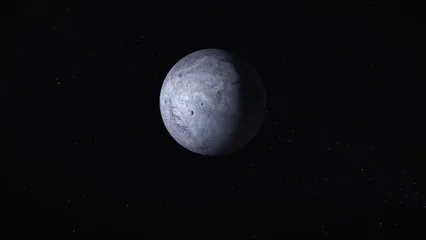
Notable Kuiper Belt Objects (KBOs) like Eris, discovered in 2005, further fueled this debate. Eris, larger than Pluto, was initially dubbed the tenth planet. The existence of these similar-sized bodies made it clear that Pluto was not unique. This realization led to a reevaluation of Pluto’s classification, as it became evident that many other objects shared its characteristics.
To keep your astronomy knowledge fresh, you might want to grab a solar system model kit. It’s a fun way to visualize your learning and impress your friends!
The 2006 IAU Resolution
Reclassification Process
The events leading up to the IAU’s 2006 vote were pivotal. Astronomers gathered to discuss the status of Pluto and similar objects. The discussions culminated in two resolutions. The first defined what constitutes a planet, while the second specifically classified Pluto as a dwarf planet.
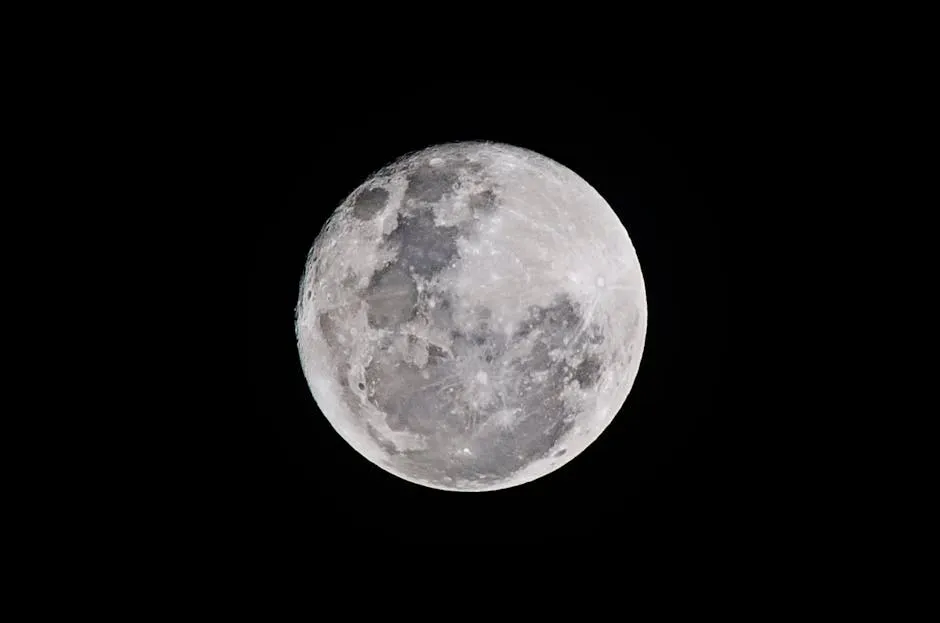
The decision was met with mixed reactions. Some scientists supported the change, believing it clarified the definition of a planet. Others viewed the new criteria as overly restrictive and inconsistent. Public sentiment was equally divided, with many expressing nostalgia for Pluto’s former status. This ongoing controversy reflects the complexity of planetary classification and our attachment to celestial bodies.
If you’re feeling nostalgic about your own childhood explorations, why not invest in a kids astronomy book? It’s a delightful way to share the wonders of the universe with the next generation!
Arguments for Pluto as a Planet
Opposing Views
Some astronomers believe Pluto deserves its planet status. They argue that historical classification should hold weight. After all, Pluto was celebrated as the ninth planet for over seventy years. This emotional connection resonates with many.
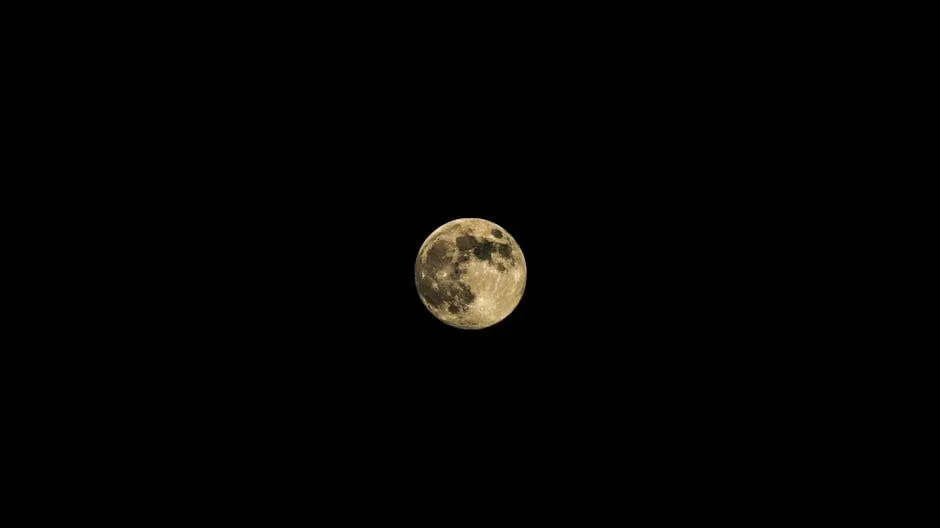
Critics of the International Astronomical Union’s (IAU) criteria point to inconsistencies. For instance, Earth shares its orbit with numerous asteroids. Jupiter also has many objects in its vicinity. Yet, both are classified as planets. This raises questions about the fairness of the standards applied to Pluto.
Furthermore, some suggest that size should define a planet. Under this view, any object larger than a specific threshold should qualify. In this scenario, Pluto would still be recognized as a planet alongside larger bodies like Eris. The discussion around Pluto is not just scientific; it’s deeply rooted in nostalgia and the evolution of our understanding of celestial bodies.
If you’re feeling inspired to explore more about celestial bodies, a space exploration documentary could be just what you need for a cozy movie night!
Current Status and Future Implications
Ongoing Debate
The debate over Pluto’s classification remains lively within the scientific community. Many researchers argue for a re-evaluation of what defines a planet. Recent studies suggest that the criteria should reflect more about the object’s characteristics rather than solely its orbital dominance.

For instance, a proposal advocates for a definition based on geophysical properties. This could allow Pluto to regain its status as a planet. Such discussions impact not only astronomy but also education. Textbooks and educational materials might need updates to reflect these evolving perspectives.
As new discoveries emerge—such as additional Kuiper Belt Objects (KBOs)—the classification of celestial bodies continues to spark interest. Pluto’s status could influence how we understand planetary science for generations. The conversation about Pluto is far from over; it invites curiosity and engagement from both scientists and the public alike.

And while we’re on the topic of curiosity, if you’re looking for a fun way to learn, consider a science experiment kit. It’s a blast and a great way to ignite a passion for science!
Conclusion
In summary, Pluto’s reclassification as a dwarf planet stems from its inability to clear its orbital neighborhood, despite meeting other criteria. This decision highlights the dynamic nature of scientific classification. As our understanding of celestial bodies evolves, so does our interpretation of what constitutes a planet. This ongoing discussion reflects our curiosity about the universe. So, stay engaged with astronomy, and who knows? Future discoveries might change our perspectives once again.
FAQs
Why is Pluto no longer considered a planet?
Pluto was reclassified as a dwarf planet because it does not meet all the criteria set by the International Astronomical Union (IAU). Specifically, it fails the third criterion: Pluto has not cleared its neighboring region of other objects. Thus, it shares its orbit with many similar-sized bodies in the Kuiper Belt, leading to its current classification.
What defines a dwarf planet?
According to the IAU, a dwarf planet is a celestial body that orbits the Sun and is massive enough to assume a nearly round shape. However, it has not cleared its orbital neighborhood, meaning it shares its space with other objects. This definition distinguishes dwarf planets like Pluto from full-fledged planets.
Are there other objects like Pluto in the Kuiper Belt?
Yes, the Kuiper Belt is filled with fascinating objects. It contains many dwarf planets and smaller celestial bodies. Notable examples include Eris, Haumea, and Makemake. Eris, slightly larger than Pluto, was discovered in 2005. It even sparked the debate that led to Pluto’s reclassification. The Kuiper Belt is essentially a collection of icy remnants from the solar system’s formation. This region challenges our understanding of planetary classification, showing that Pluto is not alone in its characteristics.
Will Pluto ever be reclassified as a planet again?
The debate over Pluto’s status remains heated. Many astronomers continue to advocate for Pluto’s reclassification as a planet. Recent discussions suggest redefining the criteria used to classify planets. Some experts argue for a definition that considers geological activity rather than just orbital dominance. As more discoveries are made in the Kuiper Belt, the conversation is likely to evolve. Thus, while a reclassification may not happen immediately, the possibility remains open in the scientific community.
What is the significance of the New Horizons mission?
NASA’s New Horizons mission provided groundbreaking insights into Pluto. Launched in 2006, it flew by Pluto in 2015, revealing stunning details. The spacecraft captured high-resolution images and data on Pluto’s surface and atmosphere. Findings showed a diverse landscape with mountains, plains, and potential ice volcanoes. This mission expanded our understanding of Pluto’s geology and atmosphere. It also reignited interest in the outer solar system and highlighted the complexity of dwarf planets.
Can Pluto support life?
Pluto’s extreme conditions make it unlikely to support life as we know it. Its surface temperature averages around -387°F (-232°C). The atmosphere is thin and primarily composed of nitrogen, with traces of methane. These frigid temperatures and low pressure create a hostile environment. However, some scientists speculate about a possible subsurface ocean, which could harbor some form of microbial life. Still, the chances are slim, making it a challenging place for life to exist.
What are the names of Pluto’s moons?
Pluto has five known moons, each with unique characteristics. The largest moon, Charon, is nearly half Pluto’s size. This leads some to consider them a binary system. The other four moons are smaller and more irregularly shaped: Nix, Hydra, Kerberos, and Styx. Nix and Hydra were discovered in 2005, while Kerberos and Styx were found in 2011. Each moon contributes to our understanding of Pluto’s complex system and its gravitational interactions.
Please let us know what you think about our content by leaving a comment down below!
Thank you for reading till here 🙂
All images from Pexels




